Forming strong growth poles, key economic zones, urban areas, and new-generation economic zones on par with the region and the world to serve as the driving force for establishing a new growth model is the goal set out in the Draft Political Report of the 13th Party Central Committee at the 14th Party Congress.
Ho Chi Minh City is expected to play a leading role in the economy , innovation and regional development. However, reality shows that the growth momentum of the City is clearly and persistently declining, posing an urgent need for strong restructuring, renewed thinking and the early formation of a new growth model based on productivity, science and technology and innovation.
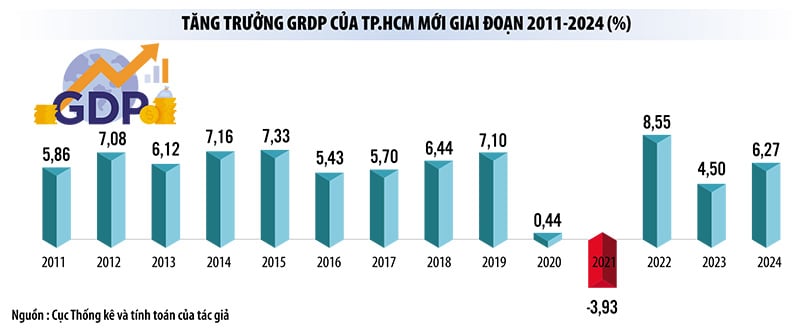 |
Unprecedented new pressures and opportunities
With economic strength surpassing other localities, Ho Chi Minh City is still the economic locomotive of the whole country, but the locomotive is outdated in technology, the speed is getting slower and slower. In fact, this locomotive is "sinking too deep and for too long" in the extensive growth model - which has been exploited, but has not yet broken through to a growth model based on productivity improvement, science and technology and innovation.
It must be affirmed that Ho Chi Minh City is the locality with the most investment opportunities, but has not yet realized them to promote development; the locality with the most resources, but has not mobilized enough resources to meet development requirements... As a result, urban traffic, especially in the central area, is congested; flooding due to high tides; water, air and waste pollution... are increasingly serious; reducing the quality of life of the people and hindering the socio-economic development of the City.
Meanwhile, the world is in a period of change, unusual fluctuations and unpredictability, especially the Sino-US geopolitical competition, international economic integration has been changing at a turning point; science and technology are developing at an unprecedented rate, making the fate of nations, peoples and individuals more unpredictable and risky.
Without a new growth driver based on improving quality, efficiency, competitiveness, science and technology and innovation, etc., Ho Chi Minh City's economy cannot make a breakthrough and successfully transform to a new growth model, and the development goals for 2030 and 2045 cannot be achieved. This will of course have an adverse impact on the restructuring process and transformation of the overall growth model of the whole country.
The pressure is so great that it has become a “now or never” choice for the government and leaders of Ho Chi Minh City.
However, Ho Chi Minh City is also in an unprecedented favorable opportunity as an economic, financial, scientific and technological center, with the opportunity to become an international financial center; a high-tech center, research and development and innovation center; an international logistics and seaport center; a modern, green and smart megacity. In terms of geographical location and development space, Ho Chi Minh City after the merger possesses rare advantages, converging all the conditions to open up new development space and opportunities that are many times larger than the present.
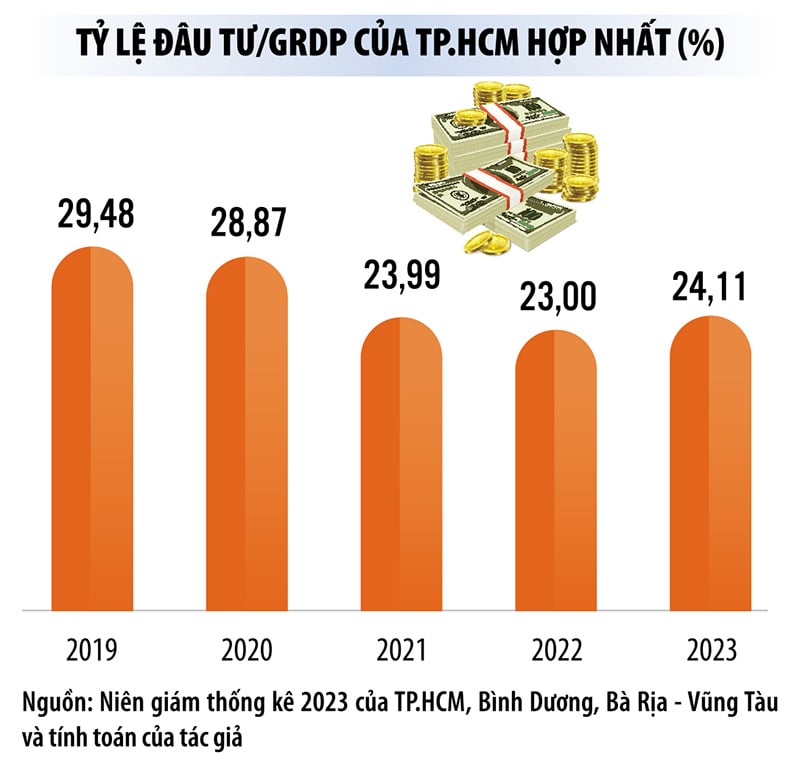 |
The breakthrough solution is to attract private investment.
To solve development bottlenecks and bottlenecks, such as urban traffic overload and congestion; poor connectivity; flooding, air pollution, water pollution and waste pollution..., Ho Chi Minh City must mobilize large enough resources, distribute and use them reasonably and effectively according to market rules.
That is, Ho Chi Minh City must solve the problem of converting, upgrading technology or moving existing urban assets, including both public and private assets (especially industrial parks, export processing zones, outdated technology, low added value, pollution, port areas, wharves with inappropriate locations...), or move them from the urban center to other locations or other localities. The goal is to create space for the development of new industries, high technology, cultural spaces, research and development centers and innovation...
Along with that, the problem of developing economic corridors and zones (including financial services, high-quality services, high added value, scientific and technological research and development, innovation and start-ups in the center of Ho Chi Minh City; manufacturing, production and innovation industries in the former Binh Duong area and the energy industrial belt, logistics and seaports, tourism...) with industries, services and business models of the 4.0 industrial revolution era also needs to be raised.
Thus, Ho Chi Minh City needs a policy framework based on a new system of thinking, with clear capabilities.
One is to mobilize social resources to the maximum extent according to market principles.
Second, shift from "attracting investment" to "creating an urban investment market", converting existing urban assets into new growth drivers (promoting private participation in renovating - redeveloping - re-exploiting low-value areas into assets that create higher added value).
Third, forming an inter-regional investment value chain connecting the old Ho Chi Minh City - Binh Duong - Ba Ria-Vung Tau area into an industrial - logistics - service - finance - tourism chain, maximizing the efficiency of using regional resources.
Fourth, ensure sustainable development and social equity, creating opportunities for people and businesses to participate and benefit from the transformation process.
In particular, it is necessary to create and implement a favorable, friendly and mutually supportive business environment. A favorable, low-cost and competitive business environment is the most fundamental and decisive factor in attracting private investment.
Along with that, it is necessary to build a mechanism to select strategic investors - not only based on capital scale, but also on the capacity to spread technology, management, connect value chains and promote domestic enterprises to participate in the supply chain. Priority areas to attract investment need to closely follow the basic development needs of Ho Chi Minh City, including smart urban infrastructure, innovation - high technology, clean energy, high-quality services and green economy.
Sandbox testing authentic institutions
Resolution 98/2023/QH15 on special mechanisms and policies for the development of Ho Chi Minh City has been implemented for more than 2 years but has not had many results, especially in solving the city's bottlenecks and development problems.
There are many reasons, but first of all, the Resolution was designed based on the current legal framework and thinking system that is no longer suitable for the new development needs of the City. The so-called superior incentives are only within the current legal framework, not really superior. Not to mention, in recent times, officials and civil servants in general, in Ho Chi Minh City in particular, have chosen a way of working that focuses on keeping themselves safe rather than daring to innovate and be creative in the way of implementing legal policies, including the contents of specific mechanisms for the common development goal.
If we continue to do things the way we are, even if we continuously have specific mechanisms, we will not be able to restructure, upgrade the development level, and transform Ho Chi Minh City into a new growth model based on improving productivity, quality, efficiency, competitiveness, science and technology, innovation, and digital transformation.
Therefore, Ho Chi Minh City needs a real institutional sandbox, a place to learn about institutions, not to ask for separate mechanisms. A new resolution on institutional sandbox, first of all replacing Resolution 98/2023/QH15, will be the legal document allowing Ho Chi Minh City to experiment with new institutions.
The whole country is entering a new period of development with unprecedented favorable and open reform and development opportunities. In that context, Ho Chi Minh City receives more and more attention from the Party, the State and the Government, ready to create favorable conditions, remove bottlenecks with special and outstanding policies and incentives, so that the City can unleash all resources and make breakthroughs in development.
At that time, Ho Chi Minh City will truly become the driving force leading the new growth model of the whole country.
(i) Convert the State Financial Investment Company into the Urban Investment and Development Fund in the form of a joint stock company. Scope of investment: expansion including infrastructure, technology, energy, logistics, innovation, especially changing functions, converting, upgrading and relocating export processing zones and industrial parks that are no longer suitable.
(ii) Merge Becamex and other enterprises developing and trading industrial park infrastructure in Ho Chi Minh City into the Ho Chi Minh City Industrial Asset Development Investment Corporation (or Group), a 100% state-owned unit under the Ho Chi Minh City People's Committee, responsible for managing land funds, factories, infrastructure of industrial parks, export processing zones, high-tech parks, etc. Act as a focal point for implementing the conversion and restructuring of existing (industrial parks, export processing zones, factories, logistics infrastructure); buying, selling, and leasing the functions of industrial parks, factories, and industrial land to upgrade the value chain, attract high-tech investment, etc. Coordinate with the Urban Development and Investment Fund to receive additional seed capital for industrial park restructuring projects or building new ones.
(iii) Selling public assets to create capital and circulate investment capital. Ho Chi Minh City is not only entitled to sell, transfer, lease, lease-purchase, and sublease according to the operating term of housing projects, commercial service works, public works, and public works in the railway station area, train maintenance and repair areas, but also in other places, if necessary, to create capital and circulate capital to meet the city's development requirements.
(iv) Piloting the establishment and operation of the Urban Asset Trading and Exchange Center. The center is separate from the regular real estate floors, with the functions of listing, pricing and trading land use rights, factories, warehouses, industrial infrastructure... Operating according to the PPP model (State + private floor + bank + valuation organization).
Source: https://baodautu.vn/gop-y-van-kien-dai-hoi-dang-xiv-tphcm-va-su-lua-chon-bay-gio-hoac-khong-bao-gio-d430059.html














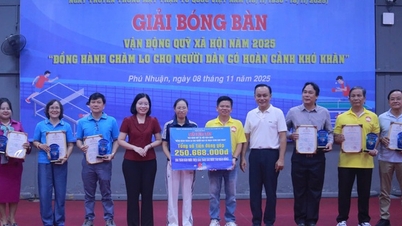

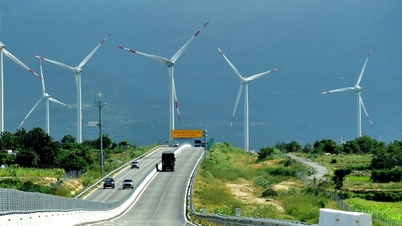
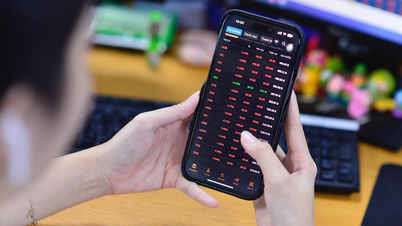











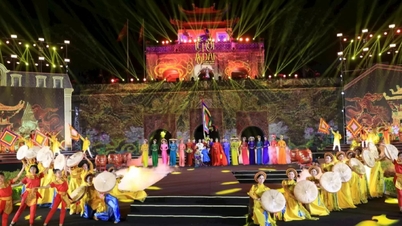
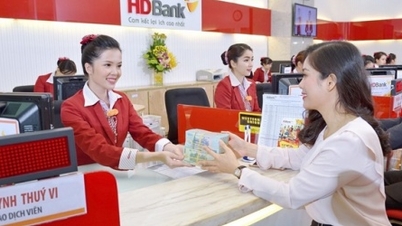

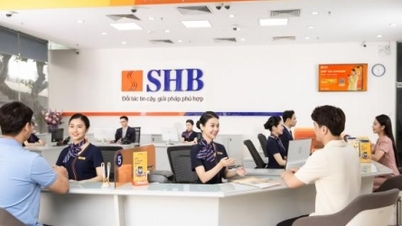
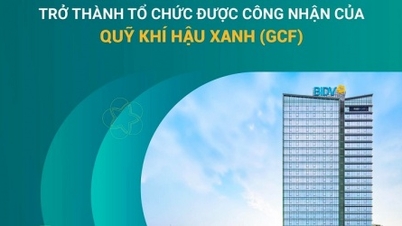































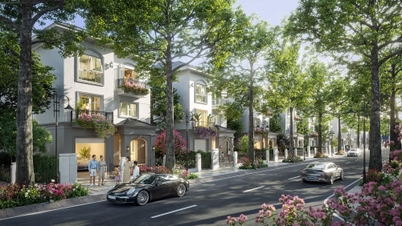















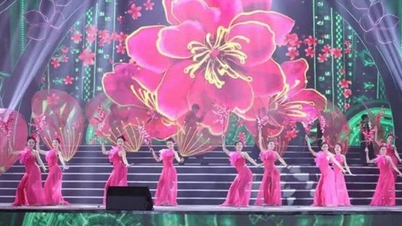
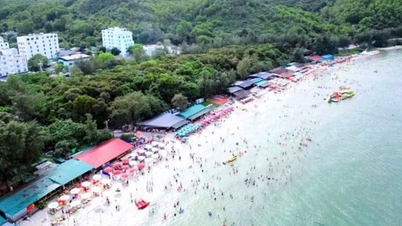

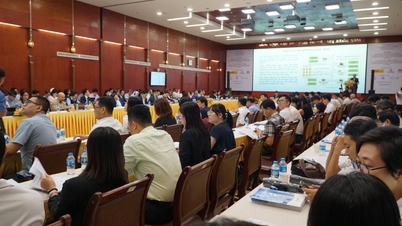


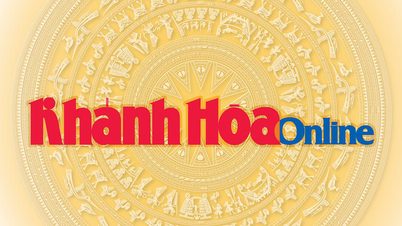








![Dong Nai OCOP transition: [Article 3] Linking tourism with OCOP product consumption](https://vphoto.vietnam.vn/thumb/402x226/vietnam/resource/IMAGE/2025/11/10/1762739199309_1324-2740-7_n-162543_981.jpeg)











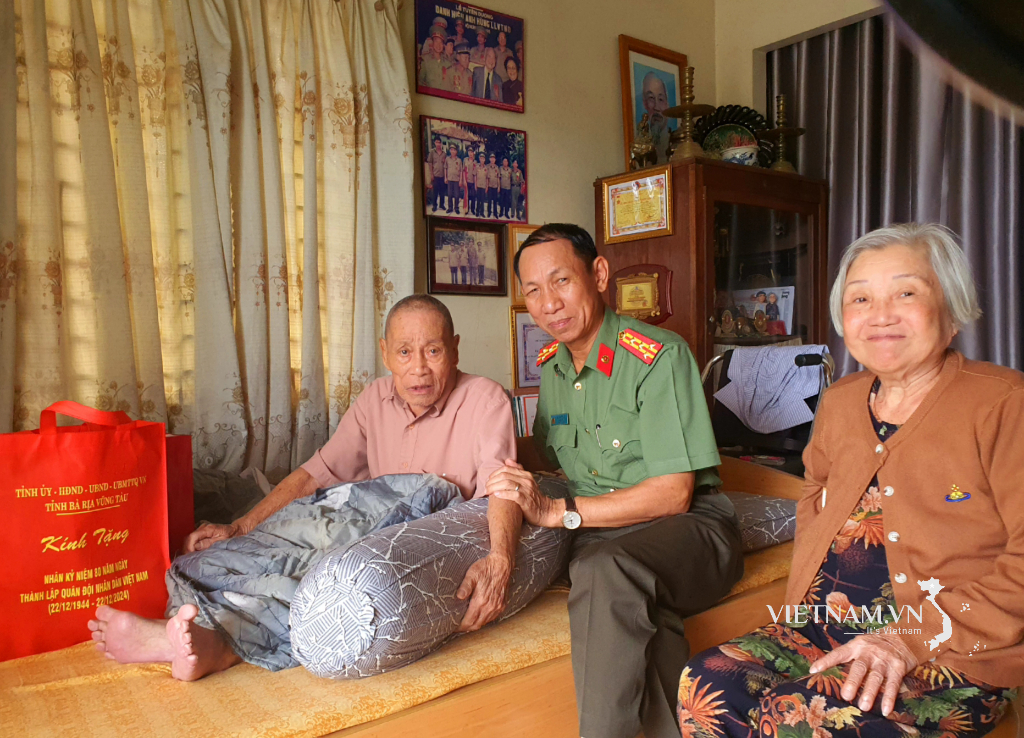

Comment (0)